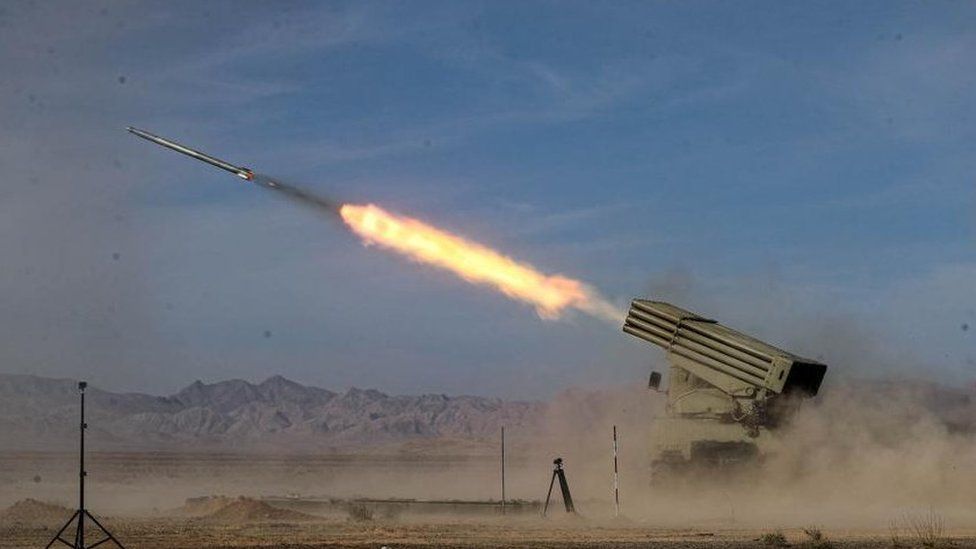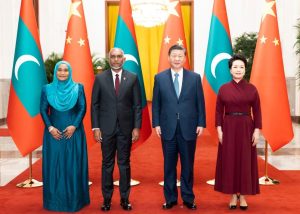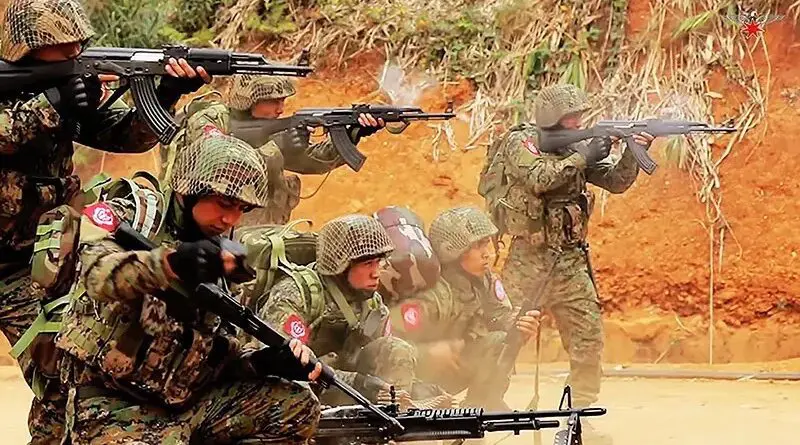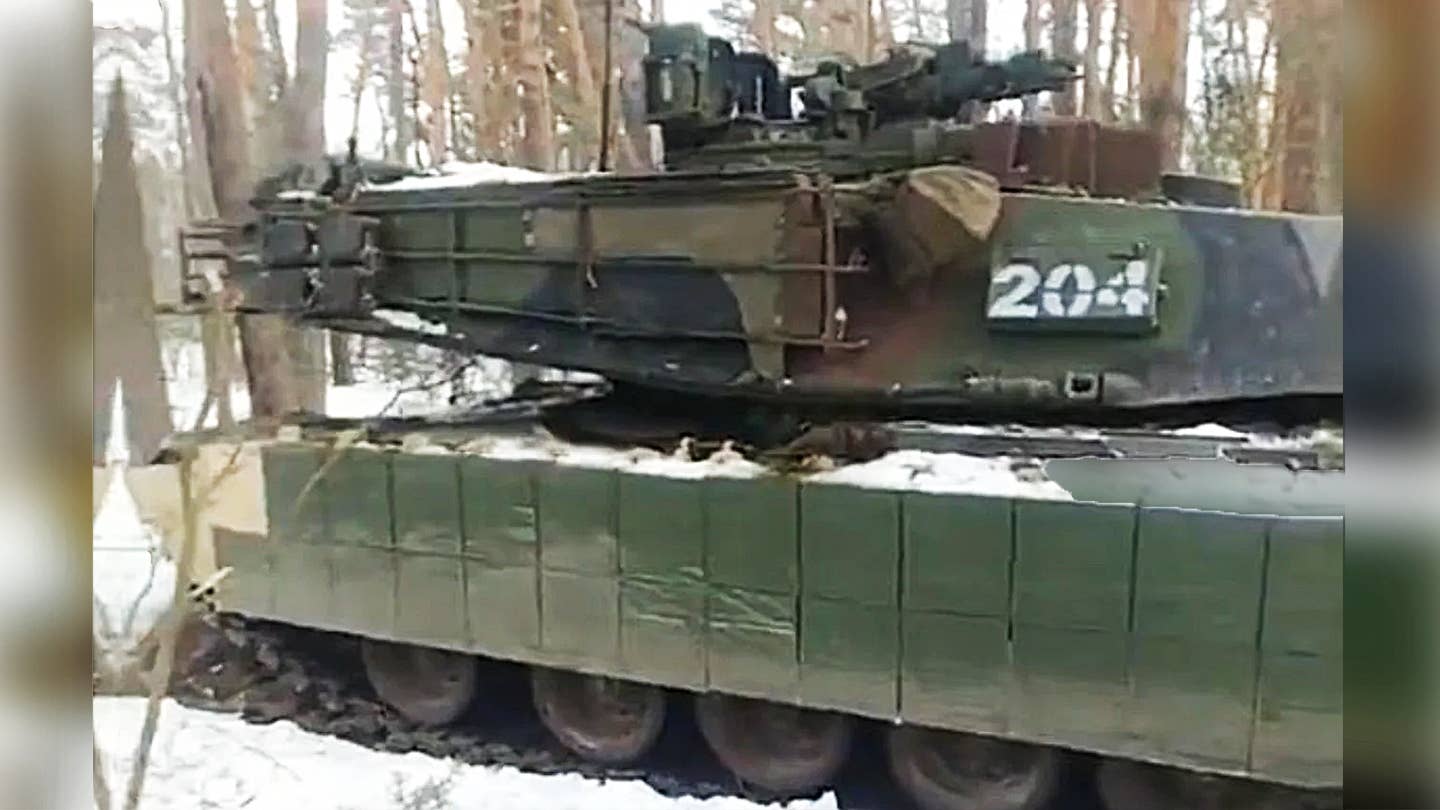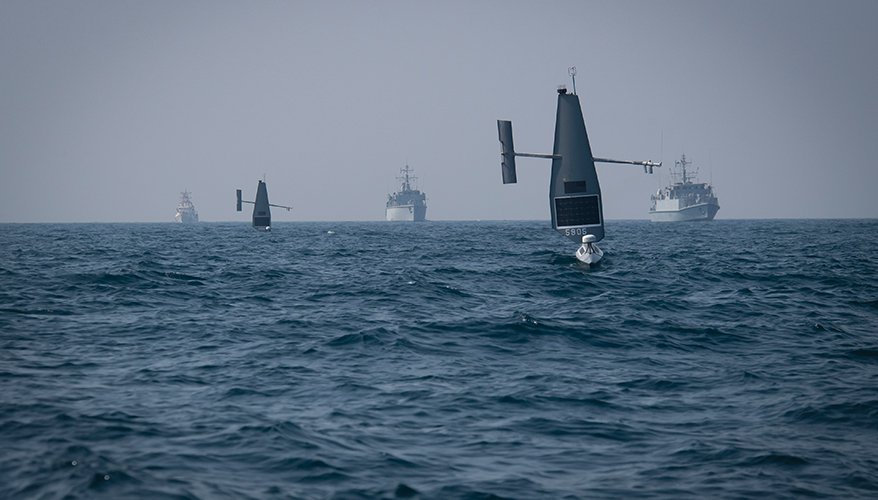Maj Gen P K Mallick, VSM (Retd)

The strikes were from fighter jets and Tomahawk missiles. More than a dozen Houthi targets were attacked by missiles fired from air, surface and sub-surface platforms which were chosen for their ability to degrade the Houthis’ war-waging capabilities.
In the wee hours of the morning of 12 January 2024, the United States in partnership with the United Kingdom launched a series of cruise missiles and airstrikes against the Houthis in Yemen. The strikes were from fighter jets and Tomahawk missiles. More than a dozen Houthi targets were attacked by missiles fired from air, surface and sub-surface platforms which were chosen for their ability to degrade the Houthis’ war-waging capabilities. This map shows the Cyprus base and the location of the strikes:

Weapon platforms used. The bulk of the firepower came from US fighter jets. The US has an aircraft carrier in the Red Sea and air bases in the region. The US deployed 22 fixed-wing aircraft including F18s from the aircraft carrier USS Dwight D. Eisenhower.

